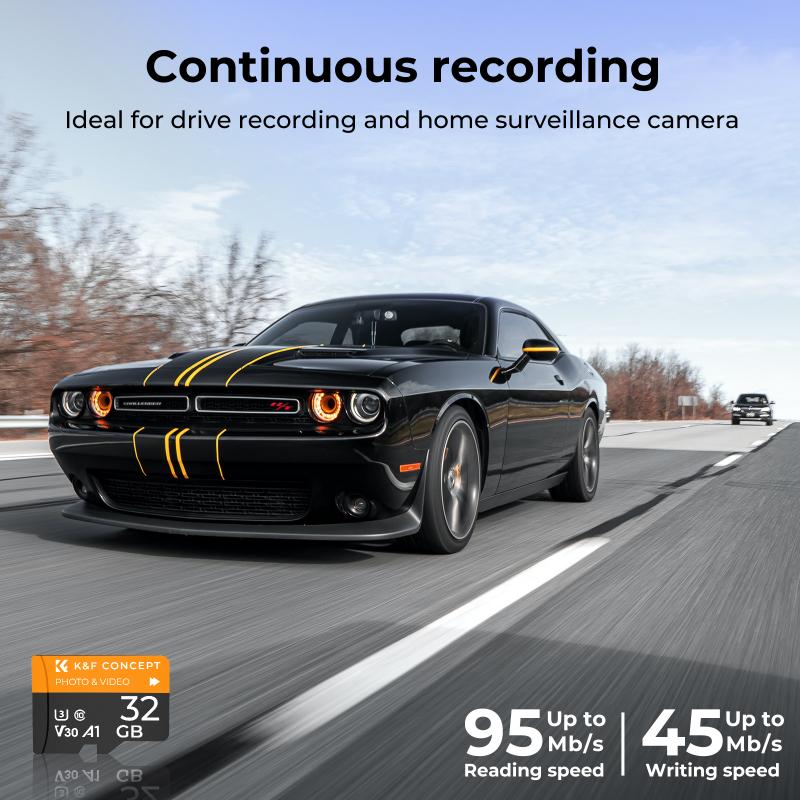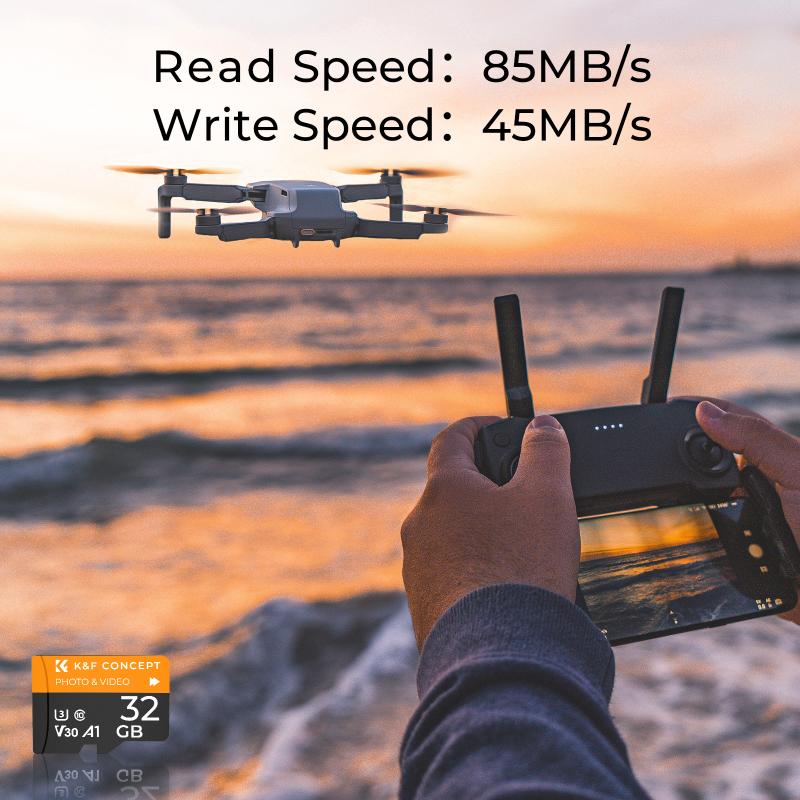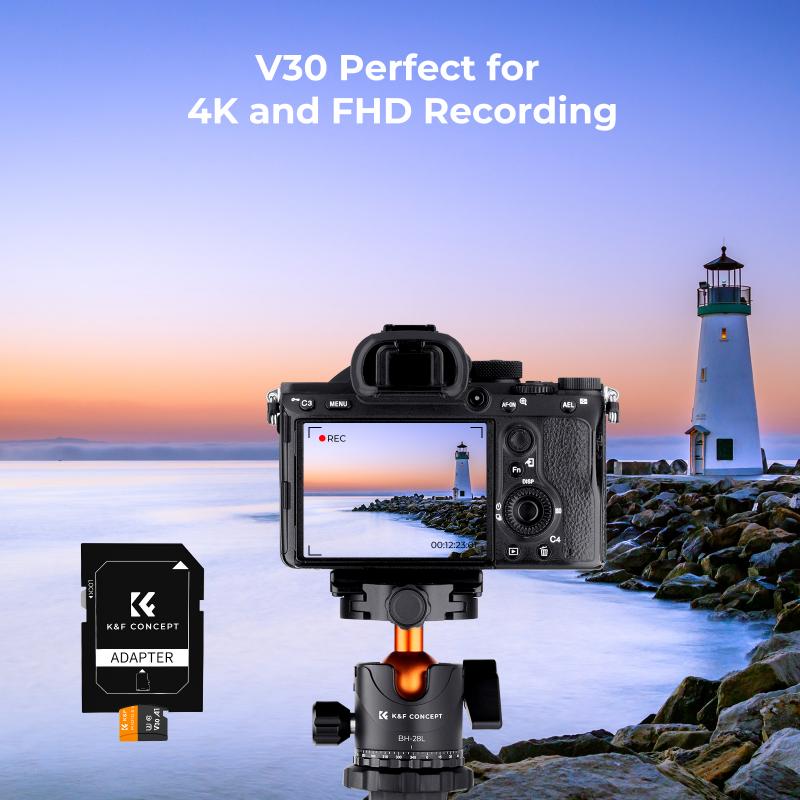How Much Is A Micro Sd Card?
When it comes to purchasing a micro SD card, the price can vary significantly based on several factors such as storage capacity, brand, speed class, and additional features. In this article, we will delve into these factors to help you understand how much you might expect to pay for a micro SD card and what considerations you should keep in mind to make an informed purchase.
Storage Capacity

The most significant factor affecting the price of a micro SD card is its storage capacity. Micro SD cards come in a range of capacities, from as low as 2GB to as high as 1TB. Here’s a general breakdown of the price ranges you can expect for different capacities:
- 2GB to 16GB: These are generally the least expensive options, often costing between $5 and $15. They are suitable for basic tasks such as storing small files or adding a bit of extra storage to a device.
- 32GB to 64GB: These mid-range options typically cost between $10 and $30. They are ideal for users who need more storage for apps, photos, and videos but don’t require massive amounts of space.
- 128GB to 256GB: These higher-capacity cards usually range from $20 to $60. They are perfect for more demanding users who need ample storage for high-resolution photos, videos, and large applications.
- 512GB to 1TB: These are the most expensive options, often costing between $70 and $200 or more. They are designed for professional use cases, such as 4K video recording, extensive app libraries, and large file storage.
Brand

The brand of the micro SD card can also significantly impact its price. Well-known brands like SanDisk, Samsung, Kingston, and Lexar tend to be more expensive than lesser-known or generic brands. However, the higher price often comes with better reliability, warranty, and customer support. Here’s a quick look at some popular brands and their general price ranges:
- SanDisk: Known for reliability and performance, SanDisk cards are often priced at a premium. A 128GB SanDisk Ultra micro SD card, for example, might cost around $25 to $35.
- Samsung: Another reputable brand, Samsung offers high-quality micro SD cards that are often similarly priced to SanDisk. A 128GB Samsung EVO Select card might also cost around $25 to $35.
- Kingston: Kingston offers a range of micro SD cards that are generally slightly less expensive than SanDisk and Samsung. A 128GB Kingston Canvas Select Plus card might cost around $20 to $30.
- Lexar: Lexar is known for its high-performance cards, which can be more expensive. A 128GB Lexar Professional 1000x card might cost around $30 to $40.
Speed Class

The speed class of a micro SD card is another crucial factor that affects its price. Speed classes indicate the minimum write speed of the card, which is essential for tasks like video recording and app performance. Here are the common speed classes and their typical price ranges:
- Class 4 and Class 6: These are older speed classes with minimum write speeds of 4MB/s and 6MB/s, respectively. They are generally the least expensive and suitable for basic tasks. Prices for these cards are usually on the lower end of the spectrum, around $5 to $15 for 32GB to 64GB capacities.
- Class 10: With a minimum write speed of 10MB/s, Class 10 cards are more versatile and can handle HD video recording. They are moderately priced, typically ranging from $10 to $30 for 32GB to 128GB capacities.
- UHS-I (U1 and U3): UHS-I cards offer higher performance, with U1 having a minimum write speed of 10MB/s and U3 having a minimum write speed of 30MB/s. These cards are ideal for Full HD and 4K video recording. Prices for UHS-I cards range from $15 to $50 for 64GB to 256GB capacities.
- UHS-II and UHS-III: These are the fastest cards available, with minimum write speeds of 156MB/s and 312MB/s, respectively. They are designed for professional use and are the most expensive, often costing $50 to $200 or more for 128GB to 512GB capacities.
Additional Features

Some micro SD cards come with additional features that can affect their price. These features might include:
- A1 and A2 Ratings: These ratings indicate that the card is optimized for app performance, with A2 being faster than A1. Cards with these ratings are generally more expensive.
- Waterproof, Shockproof, and X-ray Proof: Cards with these durability features are designed to withstand harsh conditions and are often priced higher.
- Bundled Accessories: Some micro SD cards come with adapters, card readers, or other accessories, which can increase the overall cost.
Practical Considerations
When choosing a micro SD card, it’s essential to consider your specific needs and how you plan to use the card. Here are some practical tips to help you make the right choice:
1. Determine Your Storage Needs: Consider how much storage you need based on your usage. If you’re using the card for a smartphone or tablet, a 64GB or 128GB card might be sufficient. For professional photography or videography, you might need a 256GB or larger card.
2. Check Device Compatibility: Ensure that the card you choose is compatible with your device. Some devices may not support higher-capacity cards or specific speed classes.
3. Consider Speed Requirements: If you’re recording high-resolution video or using the card for apps, choose a card with a higher speed class to ensure smooth performance.
4. Look for Reliability: Opt for reputable brands with good reviews and warranties. This can save you from potential data loss and other issues.
5. Compare Prices: Shop around and compare prices from different retailers. Online stores often have competitive prices and discounts.
The price of a micro SD card can vary widely based on factors such as storage capacity, brand, speed class, and additional features. By understanding these factors and considering your specific needs, you can make an informed decision and choose the right micro SD card for your requirements. Whether you need a basic card for extra storage or a high-performance card for professional use, there are plenty of options available to suit your budget and needs.
